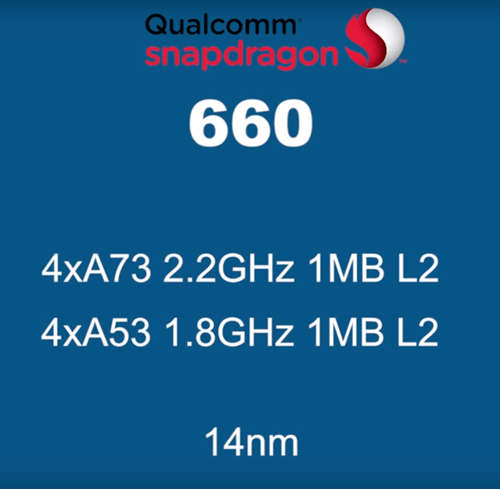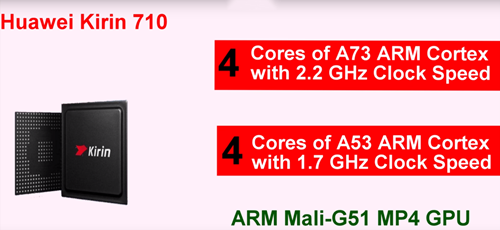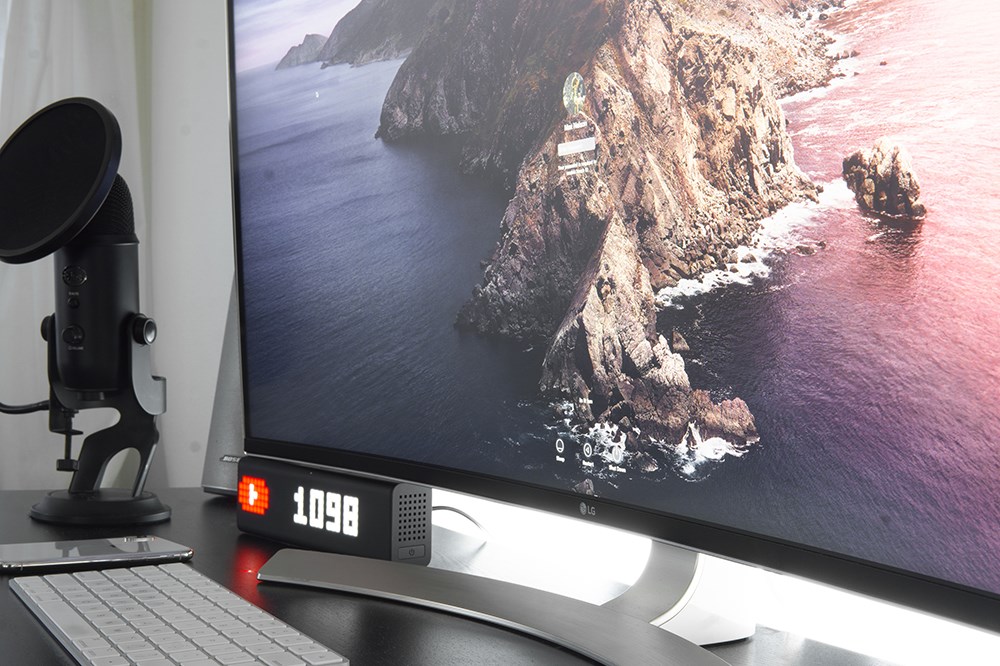Snapdragon 660 vs. Kirin 710

In July of 2018, Huawei published the HiSilicon Kirin 710 mid-range CPU as the new version of the hugely demanded Kirin 659 chipset. The newly released Kirin 710 is known for improved efficiency and performance. It’s got a 12nm silicon design process, which means it rivals Qualcomm’s Snapdragon 660 in quality. Let’s compare the two to figure out which one is better.
Future Prospects
First, it’s important to acknowledge that the Snapdragon 660 is currently the safer choice.
Huawei has become one of the leading mobile phone manufacturers in the past few years, releasing many high-end phones at an affordable price. But the recent privacy issues and corporate espionage allegations led to a complete ban of Huawei devices across the US and many other countries.
The future of Huawei devices is still uncertain, and we’d love to hear your opinions about the controversies in the comments below.
But let’s focus on the specs that can give us a clear picture of the Kirin 710 and its rival.
Performance and Efficiency
The 660 and the Kirin 710 are powerful mid-range processors with similar features. The main difference is in their fabrication note. The Snapdragon 660 is based on the design of the previous 600-series CPUs, and it’s got a 14nm LPP FinFET process that resembles Samsung’s technology. It provides improved energy efficiency, performance, and heat control.
Huawei’s answer is the Kirin 710, a processor with a 12nm node process. The company says that the new CPU brings a 75% improvement in single-core efficiency and 68% improvement in multiple-core speeds than the previous CPU in the same product line.

Another difference to consider is in CPU configurations. The 660 uses improved Kryo 260 CPU cores while the Kirin 710 uses the ARM’s standard Cortex core setup. Kryo cores are also based on the same ARM’s Cortex tech, but they are fully customized to provide the best performance.
These are 64-bit semi-custom ARM Cortex-A73 cores with 2.2 GHz combined with highly efficient ARM Cortex-A53 cores working at 1.7GHz. This combination offers lower latency, improved task sharing abilities, better-optimized power savings, and increased performance.
The change from Cortex to Kryo cores provides significant performance improvements and improved power efficiency due to multiple cores that can handle different tasks. The Kirin 710 CPU has 8 cores. Four Cortex-A73 CPUs running at 2.2 GHz are designed for performance, while the four Cortex-A53 CPUs with 1.7GHz are designed for efficiency. They are based on ARM’s big.LITTLE architecture.
Gaming Performance
Sadly, the Kirin 710 still uses the old ARM Mali-G51 MP4 graphics unit, which is not up to the latest standard when it comes to gaming. It is a little faster than the previous Kirin 659 processor, but it’s still much weaker than the Snapdragon 660’s Adreno 512 GPU. Qualcomm processors offer Vulkan API support that provides better gaming graphics. Huawei’s answer is an extra feature called GPU Turbo to make up for the less capable GPU.

The feature is designed to accelerate the GPU and improve gaming performance by eliminating bottlenecks between the software and the GPU. Based on benchmark scores, Snapdragon 660 has a 25% better score in Sling Shot Extreme Open GL tests, but it falls about 10% behind Kirin 710 when it comes to the Vulcan score. Also, Snapdragon 660 has a significantly better frame rate.
Camera Performance
The makers of the Kirin 710 are keeping the details for camera support in the dark. We know that it supports a camera up to 16 megapixels and 2-megapixel dual cameras. On the other hand, Snapdragon 660 can work with a 25-megapixel camera or dual 16MP cameras. It also has the Spectra 160 ISP chip and the built-in Qualcomm Clear Sight feature that work together to provide clear photos by capturing more light. The Spectra 160 ISP feature provides faster autofocus, better color reproduction, and zero shutter lag.

AI
Artificial Intelligence is critical for new smartphones. It’s responsible for all kinds of processes designed to make your user experience easier and more automated than before. Both processors have shown significant improvements when it comes to AI.
The 660 supports Qualcomm’s Neural Processing Engine SDK. It is designed to work with popular AI frameworks like TensorFlow by Google and Caffe/Caffe2, which enables new features like scene recognition, phrase identification, word matches, and so on.
The Kirin 710 has an entirely different approach. It doesn’t come with a dedicated CPU, so it utilizes the GPU and CPU to complete AI-related tasks like Face Unlock, scene recognition, improved low-light photos, and much more.
Drastic Improvements
There is no doubt that the Kirin 710 is a massive improvement compared to the Kirin 659 processor. It stands right next to the Snapdragon 660 when talking about performance. The Kirin 710 is better in many categories, but it can’t provide the same gaming performance as the Snapdragon 660 with its Adreno 512 GPU. It also lacks the Quick Charge 4.0 charging standard that is included with Qualcomm’s processors.
Performance-wise, the Snapdragon 660 and the Kirin 710 are almost equal, but the Snapdragon has some superior features that could make a difference when it comes to gaming and camera power.
Do you have experience with either of these two smartphone CPUs? What is your preferred approach to Huawei products right now? Tell us all your thoughts in the comment section.















